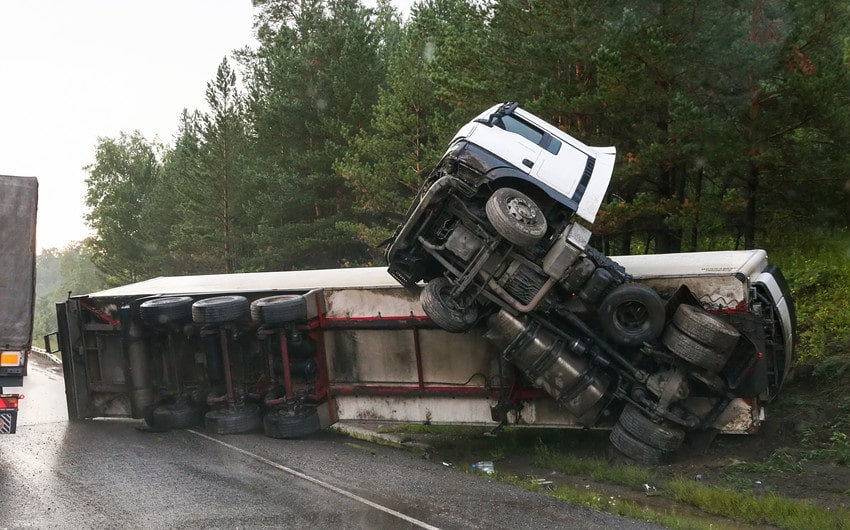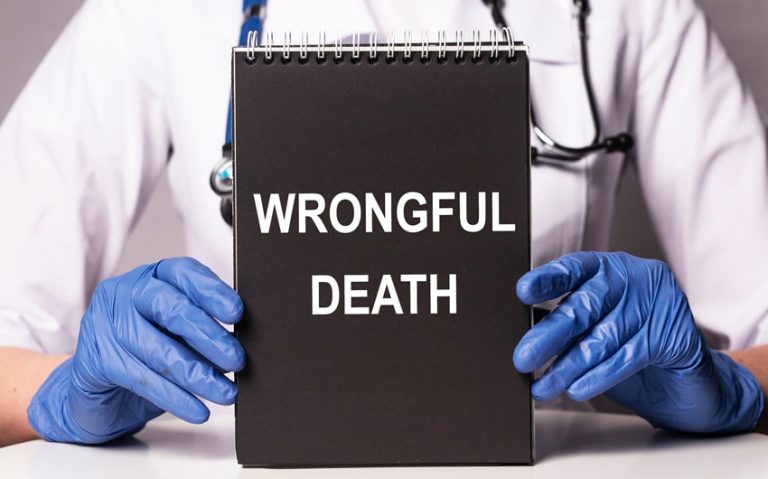St. Louis, Missouri, a bustling metropolitan area situated along the Mississippi River, stands as a critical transportation hub in the heart of the Midwest. However, amid the city’s vibrant infrastructure and bustling highways, there lies a sobering reality – the prevalence of semi-truck accidents. These incidents, often catastrophic in nature, pose significant risks to motorists, pedestrians, and the overall safety of our roadways.
Causes of Semi-Truck Accidents
Behind the wheels of these mammoth vehicles, truck drivers face a myriad of challenges that contribute to the occurrence of accidents. The following factors outline the primary causes:
- Driver Fatigue: Long hours on the road and demanding schedules often lead to driver fatigue, impairing alertness and decision-making abilities.
- Speeding and Aggressive Driving Behavior: The pressure to meet tight deadlines can prompt truck drivers to engage in speeding and aggressive maneuvers, increasing the risk of collisions.
- Distracted Driving: Distractions, whether from electronic devices, eating, or other sources, divert attention from the task at hand and compromise safety on the road.
- Poorly Maintained Vehicles: Inadequate maintenance of trucks, including faulty brakes, worn tires, and malfunctioning lights, heightens the likelihood of mechanical failures and accidents.
- Inclement Weather Conditions: Adverse weather, such as heavy rain, snow, or fog, poses additional challenges for truck drivers, reducing visibility and traction on the roadways.
These factors, individually or in combination, contribute to the complex landscape of semi-truck accidents on the highways of St. Louis, Missouri. Addressing these root causes is crucial for enhancing safety and reducing the incidence of accidents.
Impact of Semi-Truck Accidents
The fallout from semi-truck accidents extends far beyond the immediate crash site, leaving a lasting imprint on individuals, families, and communities:
- Loss of Life and Injuries: Semi-truck accidents often result in fatalities and severe injuries, causing immeasurable pain and suffering for those involved. Survivors may face long-term physical and emotional trauma, requiring extensive medical care and rehabilitation.
- Property Damage: Collisions involving semi-trucks can lead to significant property damage, including damage to vehicles, infrastructure, and cargo. Repair costs escalate quickly, burdening individuals and businesses with financial strain.
- Traffic Congestion and Road Closures: Semi-truck accidents frequently result in traffic congestion and road closures, disrupting the flow of traffic and impeding daily commutes. The resulting gridlock can have ripple effects throughout the transportation network, leading to delays in the delivery of goods and services.
- Economic Costs: The economic toll of semi-truck accidents is substantial, encompassing medical expenses, property damage, lost productivity, and legal fees. Businesses may suffer financial losses due to interrupted operations and supply chain disruptions, further exacerbating the economic impact on the community.
Legal and Regulatory Framework
In response to the challenges posed by semi-truck accidents, Missouri has implemented a comprehensive legal and regulatory framework aimed at promoting safety and accountability in the trucking industry:
Trucking Regulations
Missouri’s trucking regulations encompass various aspects of commercial motor vehicle operations, including driver qualifications, vehicle maintenance standards, and hours-of-service requirements. These regulations are designed to ensure that trucking companies and drivers adhere to stringent safety standards and practices.
Liability and Compensation
In the event of semi-truck accidents, victims have legal recourse to seek compensation for their injuries and losses. Liability may extend to truck drivers, trucking companies, cargo owners, and other parties deemed responsible for the accident. Personal injury claims and lawsuits provide avenues for victims to pursue justice and obtain rightful compensation for their damages.
Enforcement Measures
State and federal authorities actively enforce trucking regulations through inspections, audits, and enforcement actions. Violations of safety regulations can result in fines, penalties, and sanctions against non-compliant carriers and drivers. These enforcement measures serve to deter unsafe practices and promote compliance with safety regulations.
By upholding rigorous standards and enforcing compliance with safety regulations, Missouri aims to mitigate the risks associated with semi-truck accidents and enhance the overall safety of its roadways. Additionally, legal avenues for recourse provide victims with the means to seek justice and restitution in the aftermath of accidents, holding responsible parties accountable for their actions.
Prevention and Safety Measures
Efforts to mitigate the risk of semi-truck accidents in St. Louis encompass a multifaceted approach that integrates education, technology, infrastructure enhancements, and collaborative initiatives:
- Education and Awareness Campaigns: Public awareness campaigns target both truck drivers and other road users, emphasizing the importance of safe driving practices, adherence to traffic laws, and vigilance on the road. These campaigns raise awareness about the risks associated with semi-truck accidents and promote responsible behavior behind the wheel.
- Driver Training and Certification: Rigorous training programs and certification requirements ensure that truck drivers possess the necessary skills and knowledge to operate commercial vehicles safely. Training modules cover topics such as defensive driving techniques, hazard awareness, and emergency response protocols, equipping drivers with the tools to navigate challenging road conditions and avoid accidents.
- Implementation of Technology: Advanced safety technologies, such as collision avoidance systems, lane departure warning systems, and electronic stability control, enhance the safety of trucking operations. These technologies provide real-time feedback and alerts to drivers, helping to prevent accidents caused by human error or environmental factors.
- Electronic Logging Devices (ELDs): ELDs track and record drivers’ hours-of-service compliance, reducing the incidence of driver fatigue and ensuring compliance with federal regulations. By accurately logging driving hours and rest periods, ELDs help prevent violations of hours-of-service rules and promote safer driving practices.
- Infrastructure Improvements: Ongoing infrastructure improvements, such as road widening, shoulder enhancements, and the installation of rumble strips, aim to reduce the risk of semi-truck accidents. These improvements address hazardous road conditions, improve visibility, and enhance the overall safety of highway corridors frequented by commercial vehicles.
- Collaborative Initiatives: Partnerships between government agencies, law enforcement, industry stakeholders, and advocacy groups facilitate collaborative efforts to improve safety on the roadways. Task forces, working groups, and public-private partnerships develop and implement strategies to address key safety challenges, share best practices, and promote coordination among stakeholders.
In the context of promoting safety on construction sites, it’s vital to recognize the particular risks associated with highway construction accidents. Construction Accidents, particularly those occurring within highway projects, demand heightened attention and specialized safety protocols to minimize hazards for workers and motorists alike. Through proactive measures and stringent adherence to safety regulations, the construction industry can mitigate the incidence of accidents, ensuring the well-being of all involved.
Conclusion
In conclusion, as St. Louis confronts the challenges posed by semi-truck accidents, a concerted effort involving education, technology, infrastructure improvements, and collaborative initiatives is essential. By addressing the root causes of accidents and implementing robust safety measures, we can strive towards a future where our roadways are safer and more secure for all.







